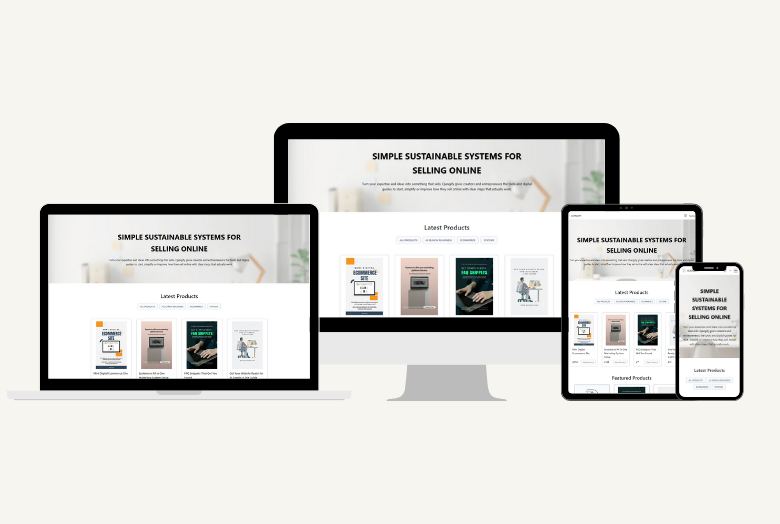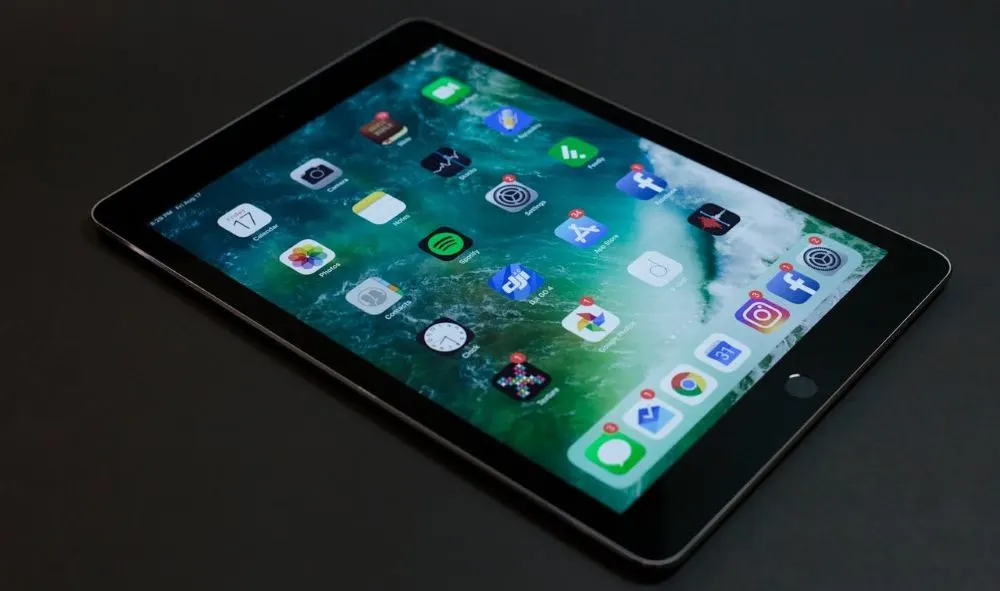It is not possible to give you a complete marketing and launch plan in one article. You can certainly use AI to help you with that - this article will show you how marketing and launching a mini ecommerce shop is less about fanfare and more about focus. You do not need a big budget, dozens of ads, or a marketing degree.
What you need is a simple framework: a clear audience, a specific message, and a reliable setup.
This guide breaks the process into three practical stages so you can market and launch your store confidently even if this is your very first product.
1. Define What You Are Selling (and to Whom)
Before you think about logos, ads, or SEO, you need clarity. That clarity comes from three small but critical choices:
-
Your offer – What are you selling, and what problem does it solve?
-
Your customer – Who is it for, and what do they value most?
-
Your message – How can you describe your offer in one short sentence that makes sense instantly?
Trying to sell to everyone usually means reaching no one. Even large brands like Nike or Apple started with a niche: athletes and creatives. The same applies to small digital stores - clarity outperforms size every time.
Example:
Instead of launching a store for “handmade crafts,” focus on eco-friendly stationery for mindful journallers.
That difference changes your keywords, your copy, and your audience.
2. Build a Simple Launch Plan
Most creators overcomplicate this part. They imagine needing a huge campaign when what actually works is a short, consistent sequence that builds awareness, trust, and urgency.
Some of the things you can do include:
- Share behind-the-scenes progress, polls, and email teasers. This builds anticipation and lets people feel part of the process.
- When you are ready to launch, announce the site or choose one product, highlight its benefit, include social proof or testimonials if you have any. Create one clear message with a link.
- As your site develops you can share user stores, repurpose any frequently asked questions you receive into blog posts and run offers during specific times of the year. All of this keeps interest alive and keeps your store active.
You can manage all of this with a simple newsletter and one or two social channels.
If you are starting from scratch and don't have an audience then start by focusing on connection, not numbers. Share your process in small communities, niche Facebook groups, or on one platform where your buyers already spend time. Any place you already hang out and help people. Also be ready to create helpful content to attract their attention.
3. Create a Sustainable Marketing System
The goal is not just to launch once, but to keep selling.
A small store can grow steadily if you put lightweight systems in place from the start.
Build momentum through:
-
Email sequences. Write three to five short messages that introduce, teach, and invite.
-
Content marketing. Publish one helpful blog post per month answering real customer questions.
-
Search visibility. Optimise product pages with schema markup and structured FAQs — Djangify includes this by default.
-
Partnerships. Collaborate with others in your niche for giveaways or bundle offers.
Why this works:
According to the 2024 Content Marketing Institute survey, consistent content tied to one core topic generates 55 % more returning visitors than random promotional posts. Regular value builds trust, which builds repeat sales.
Common Pitfalls to Avoid
-
Launching without validation. Always confirm interest before spending on ads.
-
Copying big-brand tactics. A small store wins by being personal, not polished to perfection.
-
Ignoring your analytics. Even basic stats from Stripe or your dashboard show what sells and what does not.
-
Giving up too soon. Most stores need months of consistent visibility before sales stabilise.
Quick Action Checklist
Before you go live:
-
Define one clear target audience.
-
Write a short value statement (“By the end of this, you will…”).
-
Set up one landing page and one thank-you page.
-
Prepare three launch emails.
-
Choose two marketing channels you can maintain easily.
-
Add schema markup and FAQs for AI-search readiness.
Complete these steps and your mini store will be ready for a confident launch.
Frequently Asked Questions
1. How do I market my store if I do not have a following?
Start with connection, not numbers. Share your process in small communities, niche Facebook groups, or on one platform where your buyers already spend time. Consistency and helpful content turn attention into sales, not algorithms or viral reach.
2. When is the best time to launch?
The best time is when your first product is complete and tested, not when everything feels perfect. Waiting for the ideal moment delays learning. A soft launch — sharing with a small audience first — provides feedback and early testimonials. Refine, then relaunch publicly. Each iteration improves your store and confidence.
3. Should I pay for ads straight away?
No. Begin with organic marketing until you know which message converts. Paid ads amplify what already works; they cannot fix unclear offers or pages that do not convert. Once you see natural traction, start small with £5–£10 daily ad tests targeting your core audience. Evaluate click-through and conversion rates before scaling.


